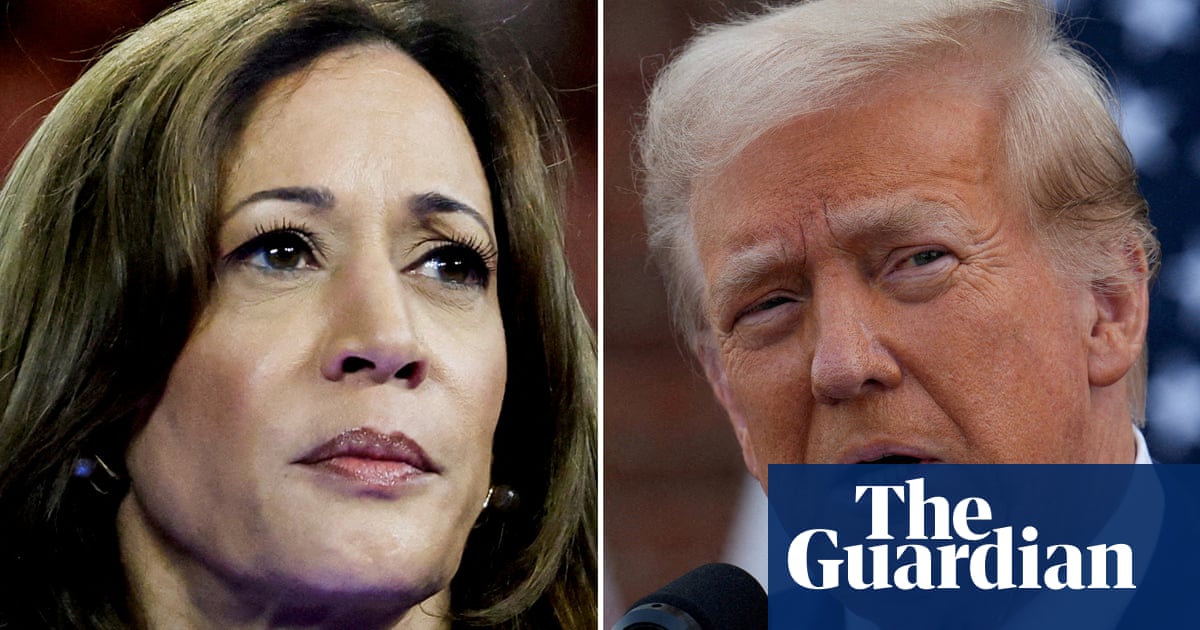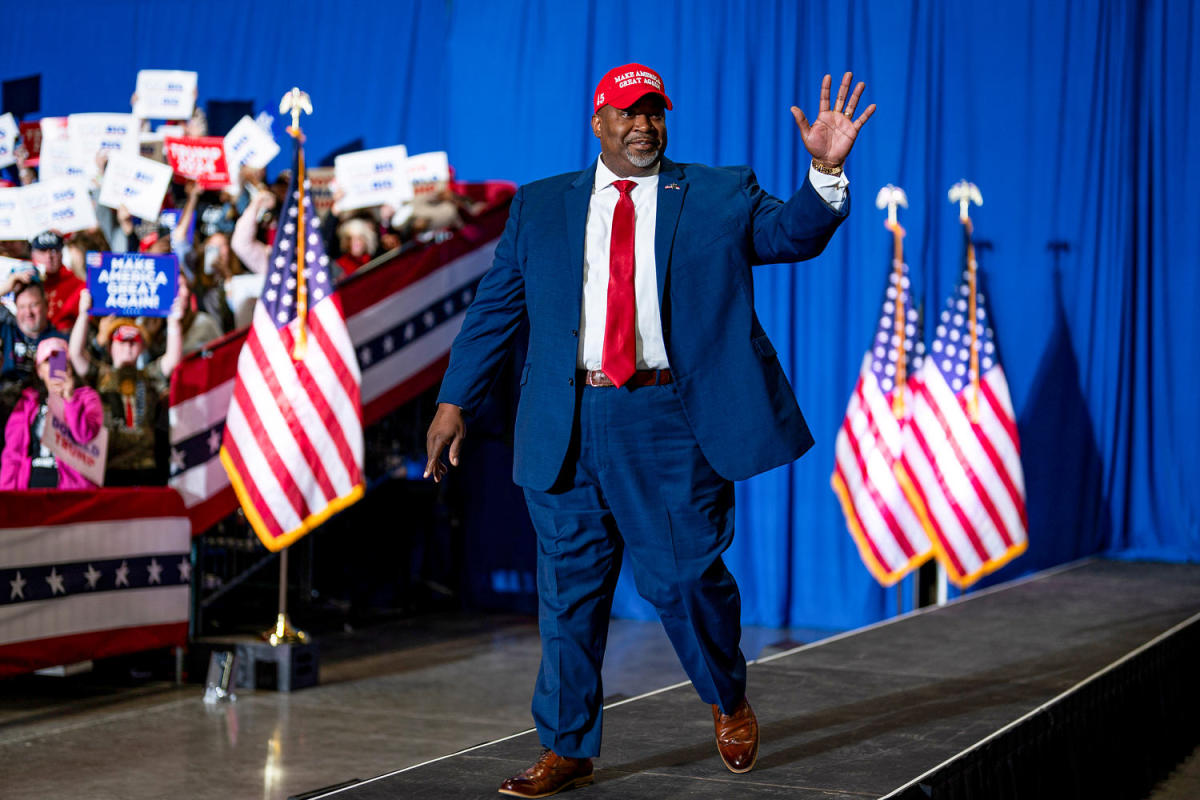Like many professional scribblers, I sometimes have to write not in a hushed study or library, but in noisy environments. So years ago I bought a set of Apple AirPods Pro, neat little gadgets that have a limited degree of noise-cancelling ability. They’re not as effective as the clunky (and pricey) headphones that seasoned transcontinental airline passengers need, but they’re much lighter and less obtrusive. And they have a button that enables you to switch off the noise cancellation and hear what’s going on around you.
I remember wondering once if a version of them could also function as hearing aids, given the right software. But then dismissed the thought: after all, hearing aids are expensive, specialised devices that are often prescribed by audiologists – and also signal to the world at large that you are hard of hearing.
But guess what? On 12 September, I open my laptop, click on the Verge website and find the headline: “Apple gets FDA authorisation to turn the AirPods Pro into hearing aids.” The new generation of the headphones will be able to serve as clinical-grade hearing aids later this autumn. More importantly, they can be bought over the counter (OTC in the lingo of the healthcare industry) and they will sell for $249 in the US (and £229 in the UK). Compare that with the prices of hearing aids sold by, say, Specsavers, which start at £495 and go all the way to £2,995 for the Phonak Infinio Sphere 90.
Now of course price comparisons can be misleading. Vendors of conventional hearing aids will stress that customers get the undivided attention of an audiologist etc. And for customers with severe hearing difficulties, that’s fine. But for people with “mild to moderate hearing impairment”, even the US FDA (Food and Drug Administration) has concluded that the customisation software provided by Apple will be adequate.
It works like this. You take an on-demand hearing test on your iPhone’s health app, which causes the earbuds to ping each ear with different frequencies at varying volumes. You tap the phone screen if you hear the sound. After a few minutes, the app will generate an audiogram that graphs your hearing deficits and this audiogram can then be used to program the AirPods Pro as hearing aids. Alternatively, you can upload an existing audiogram if you’ve had one generated by an audiologist.
Neat, eh? And also a nice example of engineering ingenuity. But, as with most things, the technology is only part of the story. The healthcare industry in the US is tightly controlled by the FDA, which insisted for years that any device that goes into a human ear needs a prescription. As Matt Stoller, an antitrust expert and campaigner, points out, since 1993, campaigners have been calling for the FDA to loosen its stance on these devices and the calls got louder over the years. In 2015, the president’s council of advisers on science and technology issued a report seeking to make these devices more widely available. The next year, the National Academies of Sciences, Engineering and Medicine issued a similar report.
But eventually, in 2017, Congress passed the Over-the-Counter Hearing Aid Act, proposed by senators Elizabeth Warren and Chuck Grassley and requiring the FDA to allow hearing aids without a prescription – and Donald Trump signed it! The act imposed a deadline of 2020 on the FDA, but the agency continually prevaricated until 2022, after the Biden administration compelled it to act with an executive order. Only then did the dam that had been building up since 1993 break.
The moral of this story, in Stoller’s words, is simple: “How we deploy technology is not a function of engineering and science as much as it is how those interplay with law, in this case a law that fostered a hearing aid cartel and then a different law that broke it apart. So it’s not outlandish to say that Joe Biden designed Apple’s new hearing aid AirPods, with an assist from Elizabeth Warren, Chuck Grassley and Donald Trump. It’s just what happened.”
This is perhaps a bit hyperbolic, but it captures an essential truth that Silicon Valley would prefer to ignore: technology does not exist in a vacuum, and the ways it is deployed and developed are shaped by social and political forces. Social media companies escape liability because of a 26-word clause in a 1996 law, for example. And millions of people in the US suffering from hearing impairment could have had hearing aids at affordable prices at least a decade ago. The problem was not that the technology didn’t exist, but that it wasn’t in the interest of the healthcare-regulatory establishment to make it available.
after newsletter promotion
What I’ve been reading
Bad press
Jeff Jarvis, the veteran journalist and City University of New York emeritus professor, has an insightful analysis on his blog titled What’s become of The Times & Co? about why US mainstream media has gone wrong.
Top Marx
The Enduring Influence of Marx’s Masterpiece is a marvellous introduction by Wendy Brown to a new translation of Das Kapital.
Head case
A lovely essay by Erik J Larson is The Left Brain Delusion, which argues that we’re too governed by one side of our grey matter.

 German (DE)
German (DE)  English (US)
English (US)  Spanish (ES)
Spanish (ES)  French (FR)
French (FR)  Hindi (IN)
Hindi (IN)  Italian (IT)
Italian (IT)  Russian (RU)
Russian (RU)  4 hours ago
4 hours ago























Comments